The Impact of Storefront Glass Doors on Retail Aesthetics and Consumer Behavior
In the ever-evolving landscape of retail, the visual allure of a storefront plays a pivotal role in attracting consumers. Among various architectural elements, the "storefront glass door" stands out as a critical design feature that influences both aesthetic appeal and consumer behavior. According to Dr. Emily Hawthorne, a renowned expert in retail design, “The storefront glass door is not merely an entryway; it is a portal that invites customers into a curated experience.” This statement encapsulates the profound impact that these glass doors have on translating a brand's identity to shoppers.
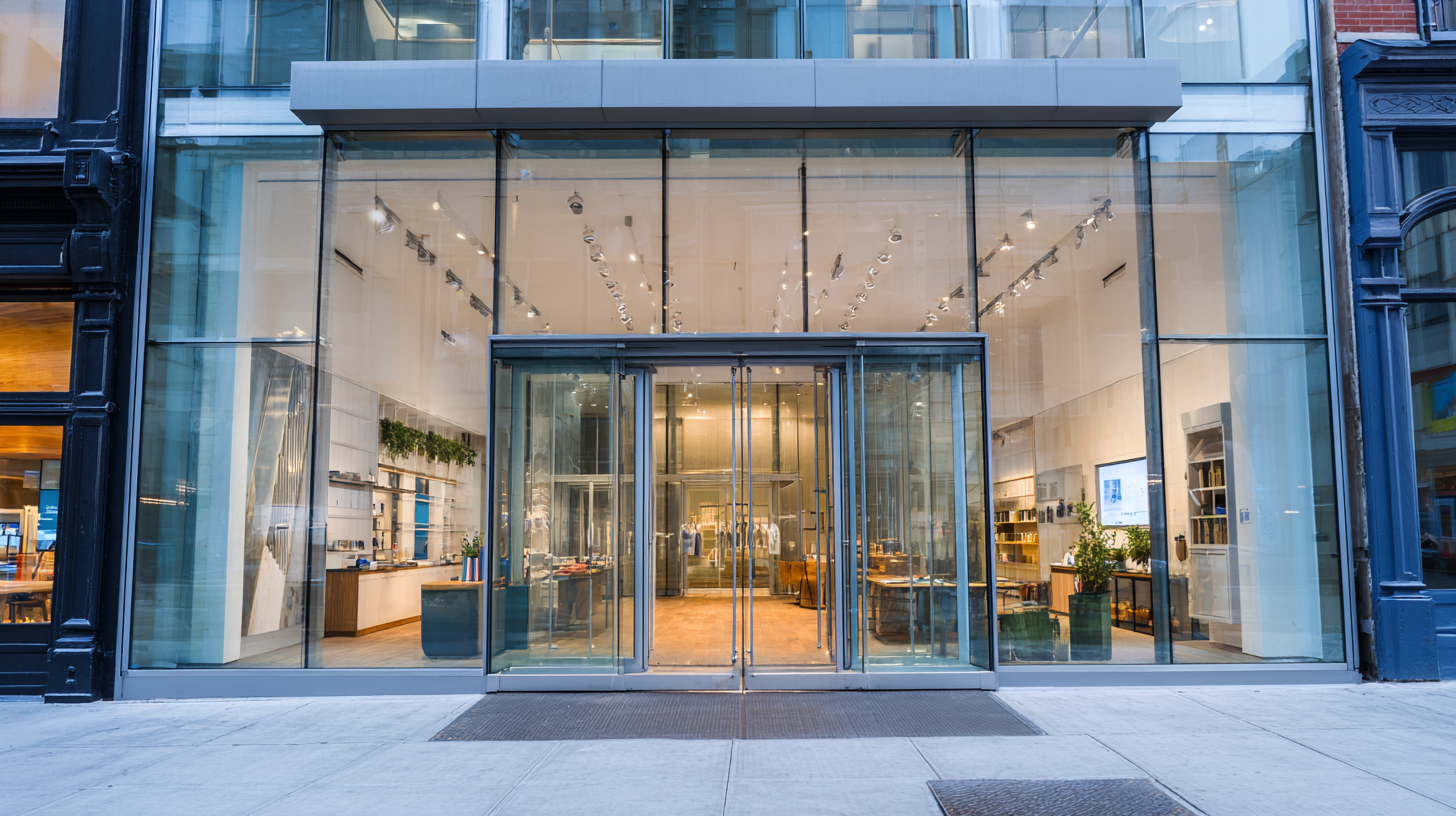
The transparency and openness offered by storefront glass doors create an inviting atmosphere that encourages foot traffic and enhances customer engagement. By allowing potential buyers to observe the interior environment before making a decision to enter, these doors serve as a bridge between the outside world and the retail space within. Furthermore, the role of natural light in illuminating products and creating a warm ambiance cannot be underestimated, as it plays a significant part in shaping consumers' perceptions and emotional responses.
As retail spaces continue to adapt in response to changing consumer preferences, understanding the influence of storefront glass doors on retail aesthetics and behavior becomes increasingly important. This exploration not only highlights design strategies but also addresses how the integration of such elements can foster a connection between retailers and their customers, ultimately enhancing the shopping experience.
The Role of Storefront Glass Doors in Shaping Retail Identity
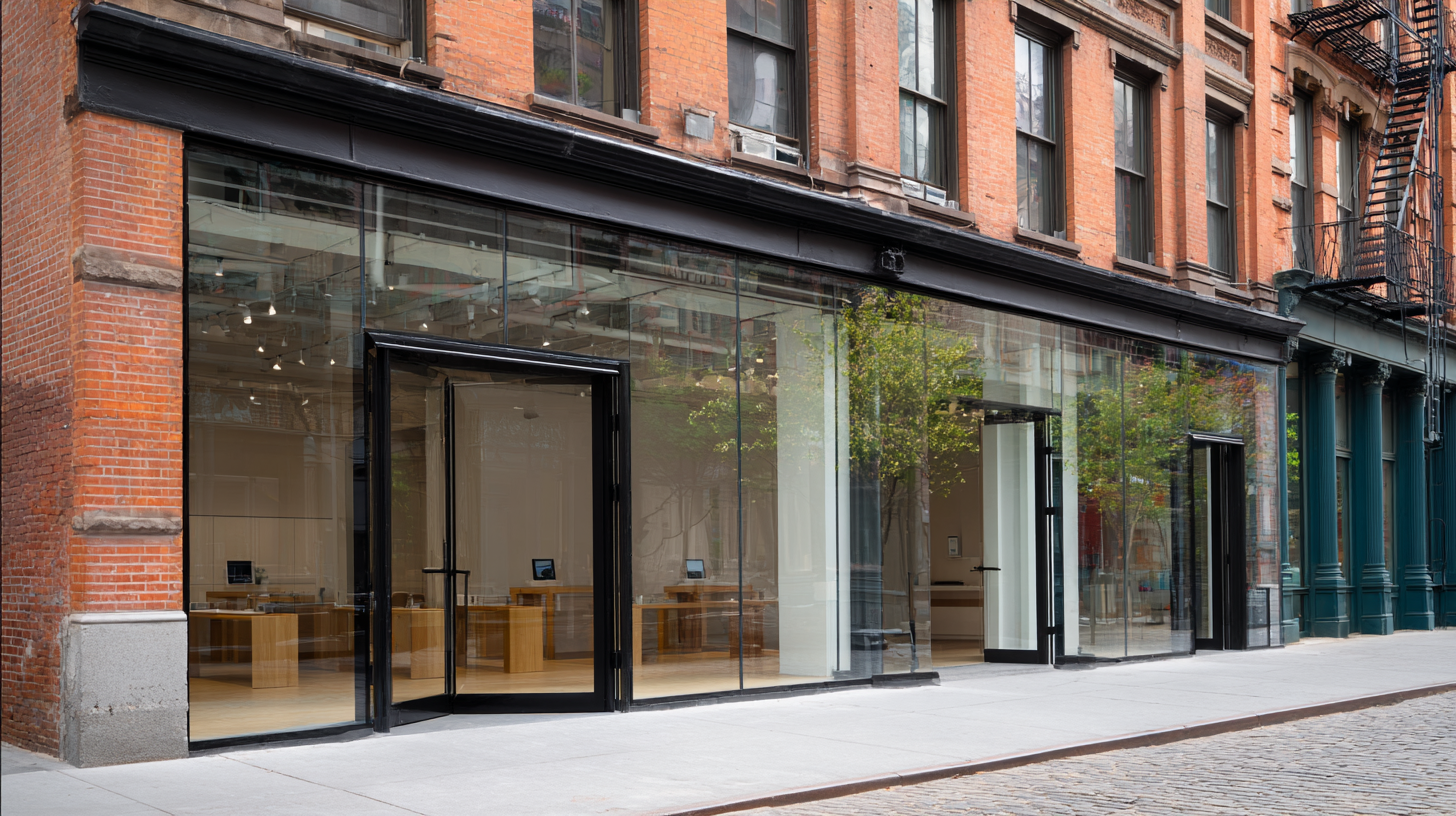 Storefront glass doors play a crucial role in shaping the identity of retail spaces, acting as a visual extension of the brand's ethos. These doors not only serve a functional purpose but also create an inviting atmosphere that reflects the store’s unique characteristics. The transparency of glass allows potential customers to glean insights into the products and ambiance within, fostering a sense of curiosity and encouraging foot traffic. Retailers can utilize design elements such as branding, signage, and lighting around the glass doors to further reinforce their identity and appeal to their target audience.
Storefront glass doors play a crucial role in shaping the identity of retail spaces, acting as a visual extension of the brand's ethos. These doors not only serve a functional purpose but also create an inviting atmosphere that reflects the store’s unique characteristics. The transparency of glass allows potential customers to glean insights into the products and ambiance within, fostering a sense of curiosity and encouraging foot traffic. Retailers can utilize design elements such as branding, signage, and lighting around the glass doors to further reinforce their identity and appeal to their target audience.
In addition to aesthetics, storefront glass doors contribute to the overall shopping experience by enhancing the relationship between the inside and outside of the store. This seamless integration can create an impression of openness and accessibility, making consumers feel more comfortable entering the space. As shoppers navigate through various retail environments, storefront glass doors become a defining feature that communicates the brand’s essence, setting the tone for the customer experience. Thus, the thoughtful design and integration of glass doors are essential in cultivating a distinct retail identity that resonates with consumers.
Visual Clarity: How Glass Doors Enhance Product Visibility
The use of glass doors in retail environments serves a critical role in enhancing product visibility and creating an inviting atmosphere. By providing a clear view of the merchandise inside, glass doors eliminate barriers between the consumer and the products. This visual clarity allows potential customers to see the offerings without obstruction, enticing them to enter the store. The transparency of glass not only showcases products effectively but also serves as a means to communicate the store's brand ethos, reinforcing an image of openness and accessibility.
Furthermore, the aesthetic appeal of glass doors contributes to the overall shopping experience. Retailers can capitalize on the clean, modern look of glass to attract foot traffic and create a welcoming environment. The ability to highlight seasonal displays or new arrivals through unobstructed views encourages impulse purchases. When consumers can easily see what is available, they are more likely to engage with the products, leading to increased sales. In essence, glass doors serve as a powerful tool in retail design, merging functional visibility with the emotional appeal that influences consumer behavior.
Psychological Effects of Transparency on Consumer Decision-Making
The use of storefront glass doors has profound psychological effects on consumer decision-making, primarily due to the inherent transparency they offer. This design choice allows potential customers to glimpse the store’s interior, creating an inviting atmosphere that can significantly reduce the barriers to entry. The visibility of products and the overall ambiance fosters a sense of curiosity and intrigue, encouraging shoppers to step inside. This phenomenon can be explained through the principle of social proof; when consumers see others inside the store, their likelihood of entering increases, driven by the desire to be part of a communal experience.
Moreover, transparency facilitates trust and reassurance in the decision-making process. Consumers often equate clear visibility with credibility and quality. When products are openly displayed, it reduces uncertainty, allowing shoppers to evaluate items at their own pace without pressure. This engagement leads to a stronger emotional connection with the brand, ultimately influencing their purchasing behavior. As a result, stores that incorporate glass doors not only enhance their aesthetic appeal but also strategically manipulate consumers' perceptions, making them feel more comfortable and confident in their choices.
The Impact of Storefront Glass Doors on Retail Aesthetics and Consumer Behavior
This chart illustrates the relationship between the level of transparency of storefront glass doors and the percentage of consumer interest. Higher transparency is correlated with greater consumer interest, demonstrating the psychological effects of visual accessibility on decision-making processes in retail environments.
The Influence of Glass Door Design on Foot Traffic and Sales
The design of storefront glass doors plays a crucial role in attracting customers and influencing their shopping behaviors. Aesthetic elements such as transparency, style, and framing can create an inviting atmosphere that encourages foot traffic. When potential customers can see the products and ambiance within the store, they are more likely to step inside, driven by curiosity and interest. This aligns with recent findings that effective visual elements significantly boost foot traffic, similar to how compelling signage can enhance customer engagement.
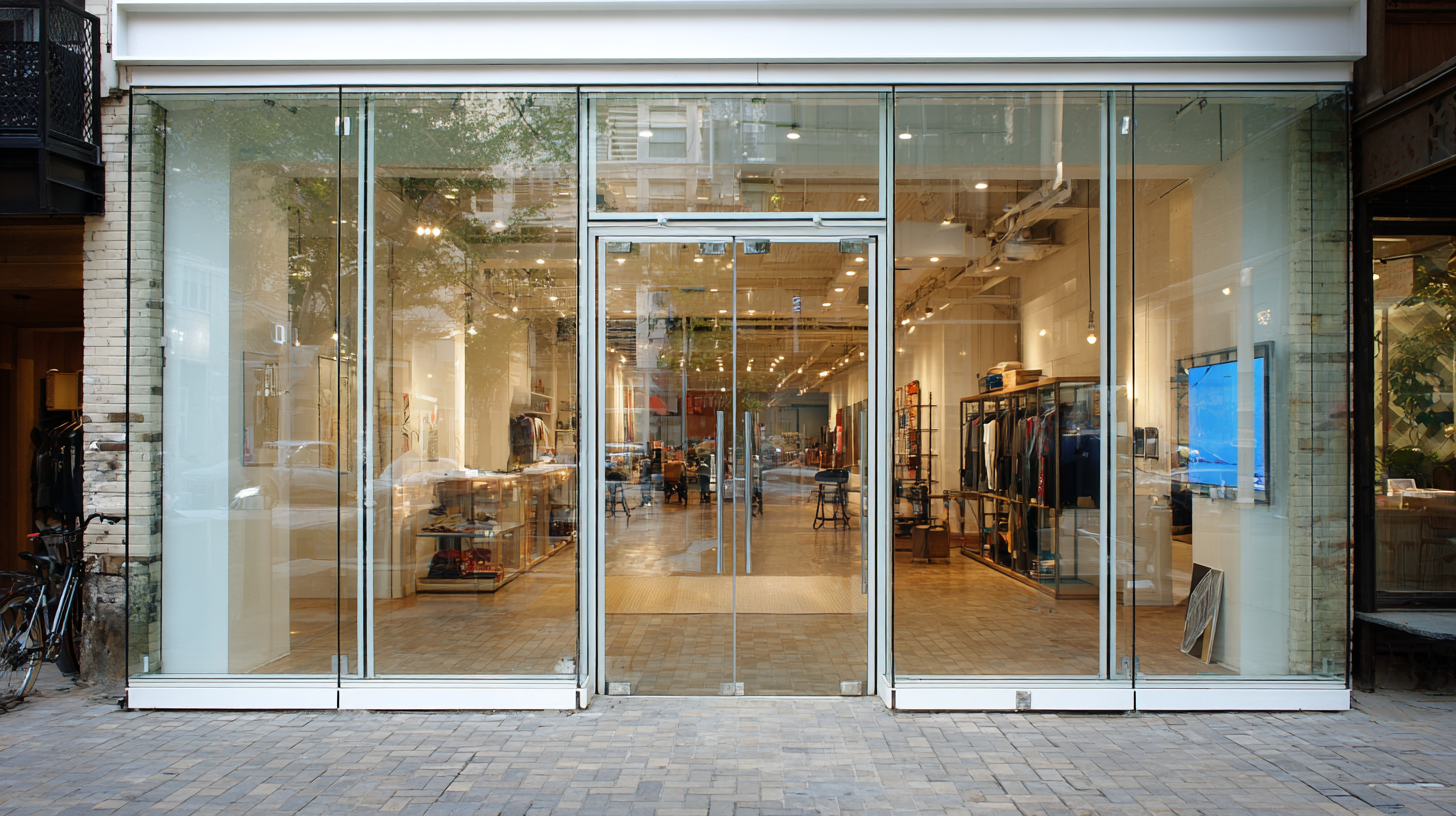
Moreover, the functionality of glass doors contributes to a seamless shopping experience. Offering a clear view of both the interior and the exterior not only invites customers in but also facilitates a connection with the surrounding environment. When designed thoughtfully, these doors can create a harmonious flow between the store and the street, enhancing the overall aesthetic appeal. This relationship between storefront design and consumer behavior indicates that investing in high-quality glass door designs can lead to increased sales, as it transforms the way customers perceive and interact with retail spaces.
Balancing Security and Aesthetics: Challenges for Retailers
Retailers face a unique challenge in balancing the need for security with the desire for aesthetic appeal, particularly when it comes to storefront glass doors. According to a recent report by the National Retail Federation, over 50% of retailers acknowledge that enhancing store security has become increasingly critical in the face of rising theft and vandalism rates, which can exceed $50 billion annually across the industry. This necessity often leads to the installation of robust security measures, which can detract from the visual allure of retail spaces, ultimately impacting consumer perceptions and foot traffic.
While glass storefronts evoke transparency and invite potential customers, the implementation of safety features such as security bars or grilles can compromise this aesthetic. A study by the Center for Retail Research highlights that 71% of consumers prefer shops that maintain an open and welcoming atmosphere, suggesting that overly secure environments discourage shopping activity. Retailers must find innovative solutions that do not sacrifice aesthetics for security, such as using decorative security film or artistic grille designs. Balancing these elements effectively can help maintain a welcoming shopping experience while ensuring the protection of valuable merchandise.
The Impact of Storefront Glass Doors on Retail Aesthetics and Consumer Behavior
| Dimension | Description | Impact on Consumer Behavior | Security Considerations | Aesthetic Value |
|---|---|---|---|---|
| Transparency | Visibility into the store from the outside | Increases foot traffic; attracts spontaneous shoppers | Potential for theft if visibility is too high | Enhances the openness and welcoming aspect of retail space |
| Accessibility | Ease of entry and exit for customers | Improves shopping experience and encourages longer visits | Needs secure locking mechanisms for safety | Sleek design can elevate the overall store aesthetics |
| Light Reflection | How natural and artificial light interacts with glass | Bright, inviting atmosphere can lure customers inside | Glare may hinder visibility during certain times of day | Creates dynamic visual effects, enhancing product displays |
| Framing and Structure | Design and material of the door frame | Significant influence on first impressions of the brand | High-quality materials improve security | Stylized frames can add character and reinforce branding |
| Durability | Resistance to weather and wear and tear | Long-lasting doors foster trust in the brand's quality | Robust construction enhances security against break-ins | Able to maintain appearance over time, contributing to aesthetic appeal |
Related Posts
-

What is the Significance of Store Front Glass Doors in Modern Retail设计
-
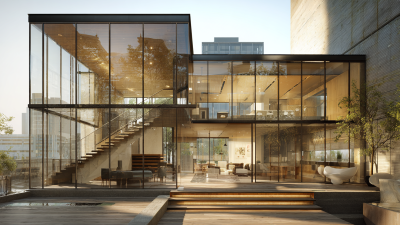
Innovative Glass Systems Transforming Modern Architecture and Design
-
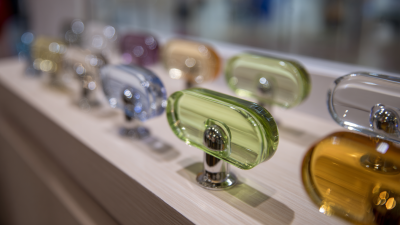
Unveiling Market Trends for Glass Door Pulls at the 2025 China Import and Export Fair
-

Innovative Door Systems Transforming Modern Architecture and Design Trends
-

How to Choose the Best Entry Door Hardware for Your Home
-
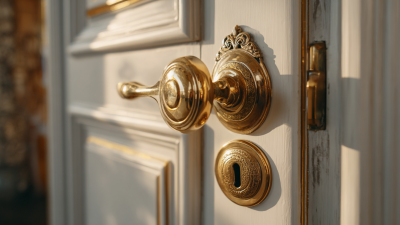
Enhancing Home Security: The Ultimate Guide to Choosing the Right Door Hardware
